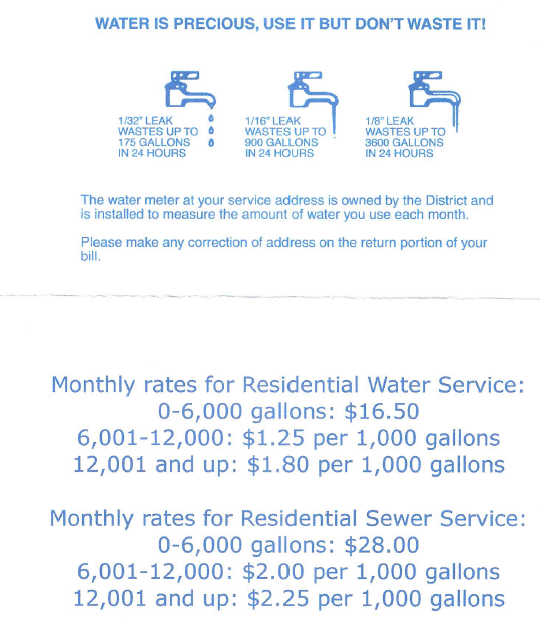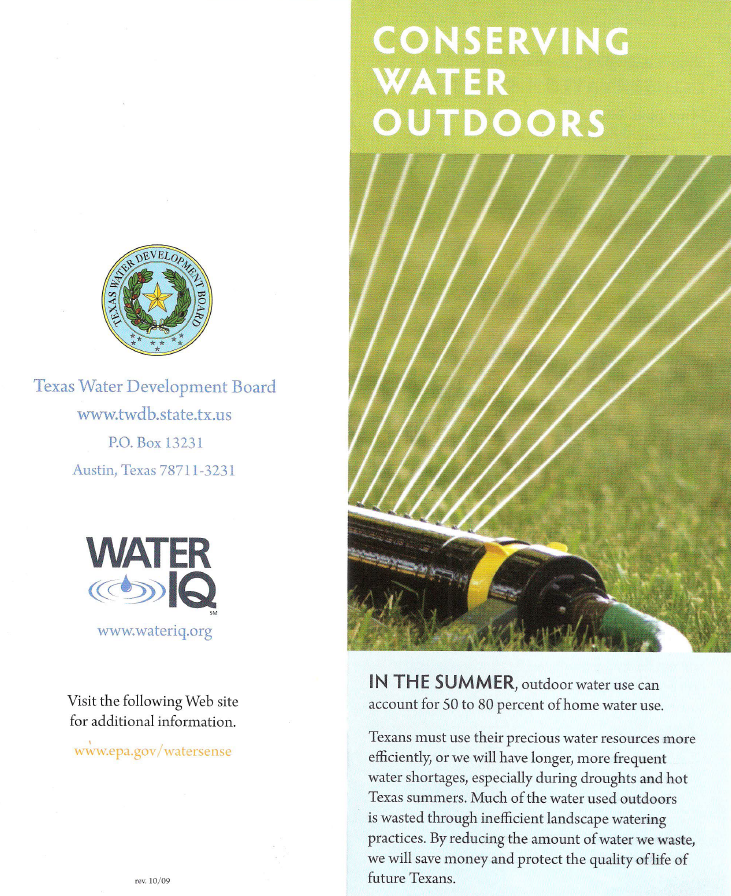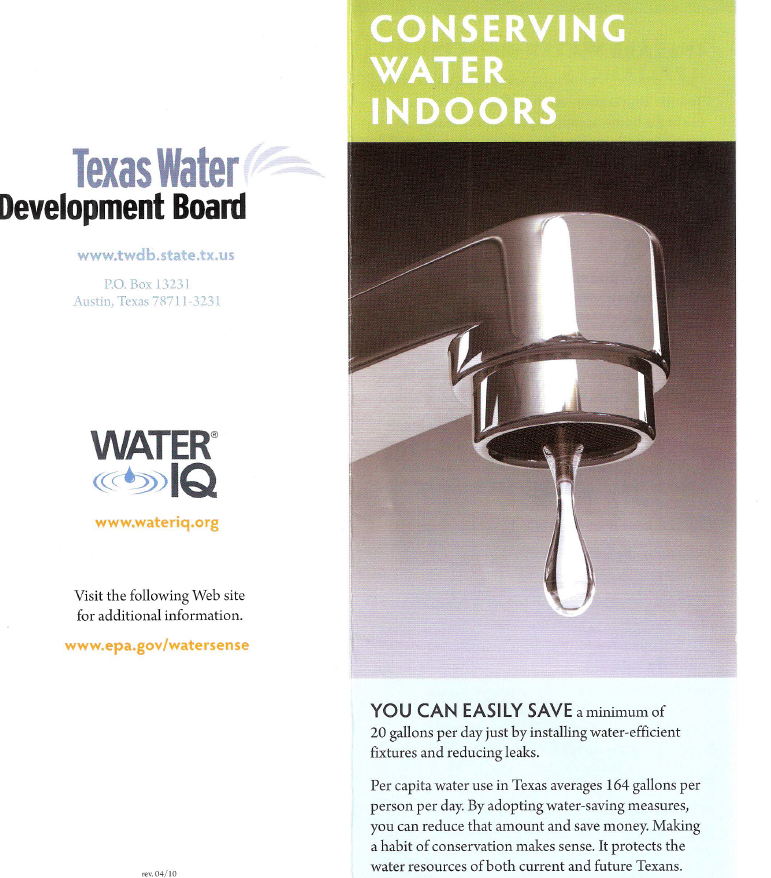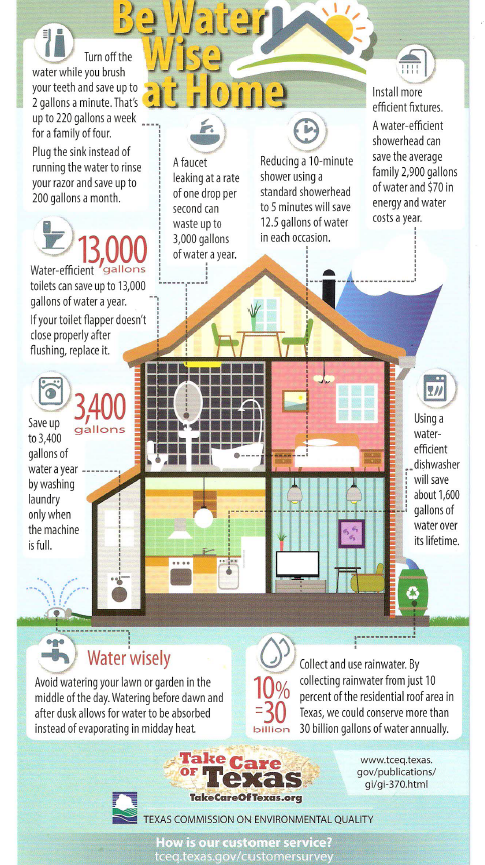Below are tips to help you reduce your water usage and be prepared for hurricane seasons.
Outdoor Water Conservation
- Use native plants and shrubs whenever possible in landscaping your yard. They generally require watering less frequently, and are often low-maintenance, too.
- Water grass separately from flower beds and landscaped areas, using sprinklers that broadcast large drops for grass and soaker hoses or drip irrigation systems for trees, shrubs and flower beds.
- During the Summer months in the Houston area, don’t water more than what is necessary to maintain a healthy lawn. Applying .75 to 1 inch of water (subtracting any rainfall) every five days is recommended.
- Water during early morning or evening hours when evaporation losses will be less than during the heat of the day.
- Avoid watering in high winds that might send the droplets to places they are not needed
- Don’t cut the grass too short. Longer blades help reduce evaporation and shade the soil.
- Backwash pool filters only when necessary. If a timer controls the backwash, check and adjust the frequency of the cycle to ensure optimal efficiency.
- During the months where you may heat your pool, reduce the temperature when the pool is not in use, to reduce evaporation.
- Limit the frequency of pool refilling to only when required for water quality or for maintenance reasons.
- When a crowd will be swimming, lower the pool’s water level as much as practical to reduce the amount of water splashed out.
- Check the pool regularly for cracks and leaks and make repairs promptly. If the water level drops more than an inch in one day, investigate for problems.
- Use a pool vacuum that recycles the water when cleaning the pool.
Source:
www.reduceyouruse.com
Indoor Water Conservation
- Check water line connections and faucets for leaks and repair immediately.
- Set the thermostat on the hot water heater at a reasonable level. Extremely hot settings waste water (because it takes some extra cold water to make it usable) and energy and can even cause minor burns.
- Make sure that the line from the water meter to your house is free of leaks. To check, turn off all indoor and outdoor faucets and water-using appliances. The water meter should be read at 10 to 20 minute intervals. If it continues to run or turn, a leak probably exists and needs to be located.
- When building a new home or remodeling a bathroom, install a new low-volume flush toilet that uses only 1.6 gallons per flush.
- Test toilets for leaks. Add a few drops of food coloring to the water in the toilet tank, but do not flush the toilet. Watch to see if the coloring appears in the bowl within a few minutes. If it does, the toilet has a silent leak that needs to be repaired.
- Stop running the water while you brush your teeth, for example, just to rinse the toothbrush. The same method can be used for shaving and for washing hands.
- Consider installing a low-flow faucet aerator. This could actually help you save up to half the water you normally use at the sink.
- Insulate all hot water pipes to reduce the delays (and wasted water) experienced while waiting for the water to heat up.
- Install a low-flow showerhead to limit the amount of water to less than three gallons per minute.
- When purchasing new appliances, check the water requirements of various models and brands. Some use less water than others.
- Fill a pan of water, or put a stopper in the sink, for washing and rinsing pots, pans, dishes, and cooking implements rather than just letting the water run.
- Only run the dishwasher with a full load. This saves water, energy, detergent and money.
- Keep a container of drinking water in the refrigerator. Running water from the tap until it is cool enough to drink is wasteful.
- Use a small pan of cold water when cleaning vegetables rather than letting the water run over them.
- Wash only full loads of clothes when using your washing machine.
- Use cold water whenever possible. This saves energy, too, and conserves the hot water for other uses. This is also better for most of today’s fabrics.
Source:
www.reduceyouruse.com




